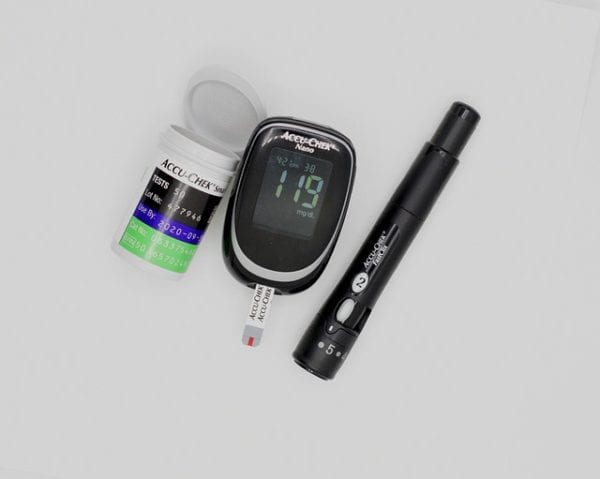Sean Navin is a clinical pharmacist who graduated in 2015 from my alma mater (University of Minnesota – Duluth). I’m excited to have him share his breakdown on Medications Targeting Pre- and Post-Prandial Glucose! You can track him down here.
When managing blood glucose for patients with type 2 diabetes, it can be confusing to know which medications target pre- and post-prandial blood sugar. Luckily, there are a few pearls you can use to guide you along the way.
PRE- VS POST PRANDIAL
“Prandial” refers to food or a meal. Preprandial then refers to blood glucose levels prior to eating a meal (e.g. when a patient checks their sugar before eating) and postprandial refers to blood glucose levels after eating a meal (e.g. when a patient checks their blood sugar 2 hrs after a meal).
When thinking about controlling these blood sugar levels with medication, it helps to think about two main sources that contribute to glucose to the bloodstream: endogenous production and food consumed. Your liver controls most of the endogenous production of glucose by breaking down glycogen or creating new glucose. This contributes to fasting blood sugar (i.e. preprandial). Food consumption is the primary source of blood glucose for most people. Food that is digested into glucose causes blood sugar to rise and is responsible for post-prandial blood glucose.
FIX THE FASTINGS FIRST
Keep this mantra in mind when deciding where to start in Type 2 diabetes. Metformin is recommended as a first-line agent and supports the mantra. By inhibiting hepatic glucose production, metformin primarily targets preprandial glucose production. Long-acting insulins like Levemir or Lantus also target preprandial glucose by lasting throughout the day and staying at low concentrations which helps clean up excess glucose let out from the liver overnight. Thiazolidinediones like pioglitazone primarily target preprandial glucose by sensitizing muscle, liver, fat, and other tissue to insulin which allows them to uptake more glucose.
MEALTIME MEDS
You’re likely familiar with rapid-acting insulin like Novolog as a medication that targets postprandial blood glucose. Sulfonylureas like glipizide augment endogenous insulin secretion and also target postprandial sugars. For this reason, it is commonly recommended that patients eat a meal after taking rapid-acting insulin or sulfonylureas to avoid hypoglycemia.
GLP-1 agonists enhance glucose-dependent insulin secretion, slow gastric emptying, and control satiety. Thus, medications like semaglutide, dulaglutide, liraglutide, etc. target mostly postprandial glucose. In the same vein, dipeptidyl peptidase IV (DPP-IV) inhibitors prevent the breakdown of endogenous GLP-1 and therefore also target postprandial glucose.
What about the SGLT-2 inhibitors? They prevent the kidneys from reabsorbing glucose into the bloodstream and lower fasting AND postprandial glucose.
It’s important to note that while the meds mentioned above may primarily target either preprandial or postprandial glucose, they usually affect both to some extent.
Originally Posted On: https://www.meded101.com/medications-targeting-pre-and-post-prandial-glucose/

